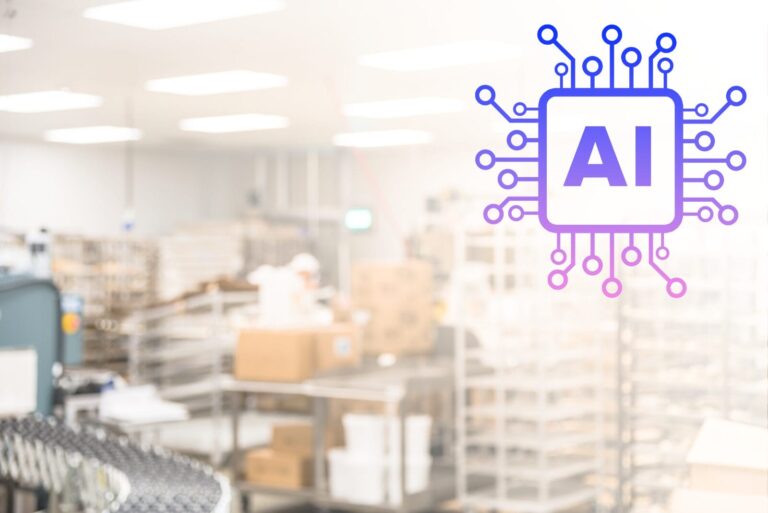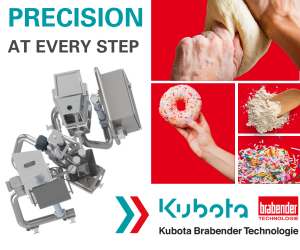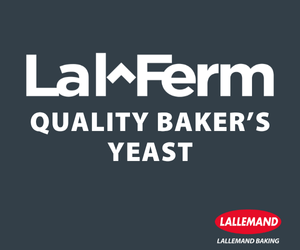CHICAGO — As generational labor gaps create an air of uncertainty for bakery manufacturers, many companies are leaning on technology such as AI and robotics to fill the void. However, as advances happen quickly — perhaps faster than the old-school workforce can keep up with — leaders in this space might be left wondering how to benefit from these modern tools.
Jorge Izquierdo, VP of market development for PMMI, the Association for Packaging and Processing, recently outlined how commercial bakery operators can identify the ROI from a workforce longevity perspective.
“We’ve already seen applications where many of the different AI tools are being used to collect information about the machines,” Izquierdo said. “It can be as basic as the operating manual and procedures all the way up to capturing maintenance records. AI can pull all the information together in a relevant way.”










